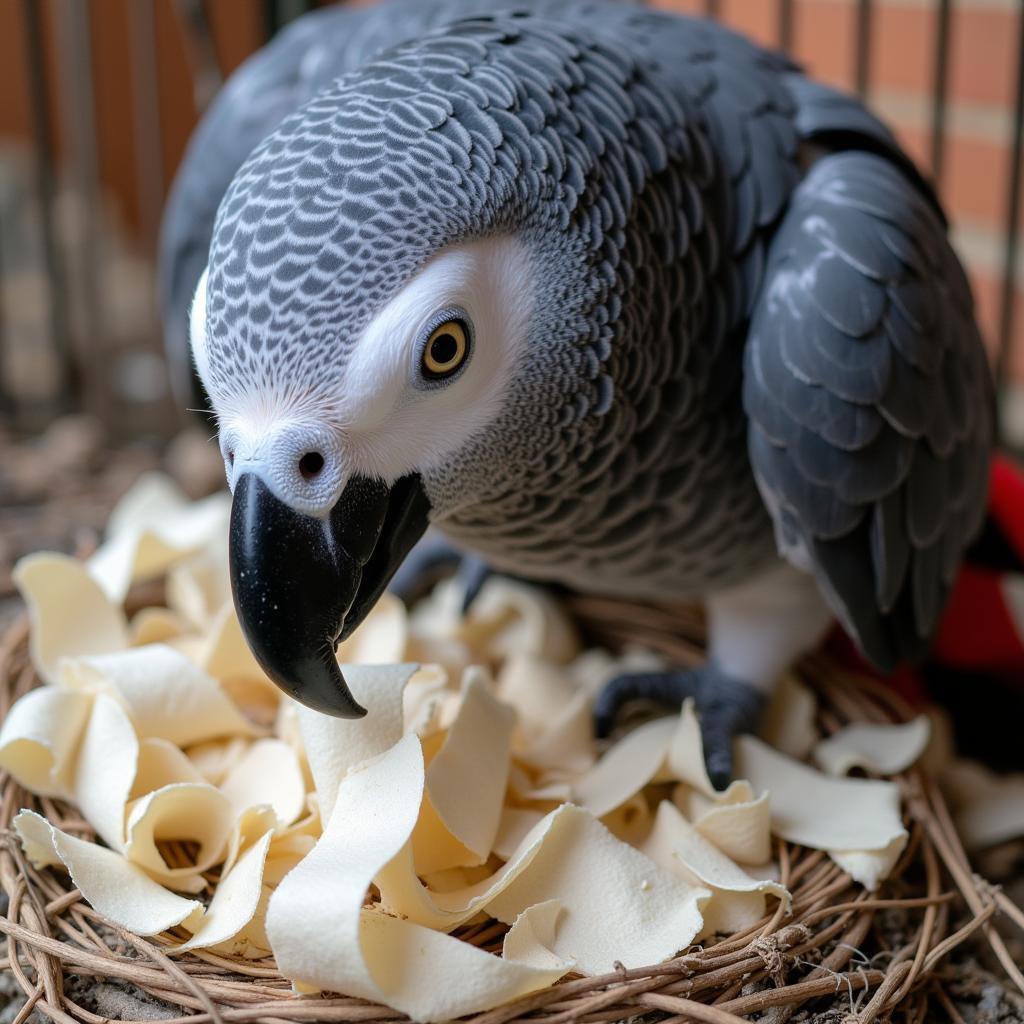The Science Behind African Grass: A Deep Dive into Its Diverse Varieties
African grass, a term encompassing a vast array of plant species, plays a critical role in the continent’s diverse ecosystems. This article will explore the fascinating world of African grasses, delving into their scientific names, classifications, and the important roles they play in both nature and human life.
Africa’s varied climates and landscapes provide a perfect habitat for a remarkable diversity of grasses. These plants are not only vital to the environment, but also provide essential resources for human populations. From food and medicine to construction materials and traditional crafts, African grasses have been woven into the fabric of African Life for centuries.
Understanding the Variety of African Grasses:
African grass, while a broad term, encompasses a diverse array of species. To truly grasp its significance, we need to delve into the scientific classification of these plants.
Scientific Classification:
The vast majority of African grasses belong to the family Poaceae. This family is further divided into various subfamilies, tribes, and genera, each representing distinct characteristics and ecological roles. Some of the most prominent genera of African grasses include:
- Andropogon: This genus encompasses a wide array of grasses, including the iconic Elephant Grass (scientific name: Andropogon gayanus). Elephant Grass is a tall, robust grass that thrives in tropical climates and serves as a valuable resource for both livestock feed and biomass production.
- Panicum: This genus includes Guinea Grass (scientific name: Panicum maximum), a highly productive, fast-growing grass frequently used for grazing and fodder in many parts of Africa.
- Cynodon: This genus features the widely known Bermuda Grass (scientific name: Cynodon dactylon), a creeping grass that readily adapts to various conditions and is commonly used for lawns, sports fields, and erosion control.
- Eragrostis: This genus contains a vast array of species, including the drought-tolerant Lovegrass (scientific name: Eragrostis curvula), a versatile grass utilized for both grazing and soil stabilization.
The Importance of African Grass in Nature:
Beyond their visual appeal, African grasses play a crucial role in the delicate balance of the continent’s ecosystems:
Habitat and Biodiversity:
These grasses create vital habitats for a vast array of animals, from small insects to large mammals. They provide shelter, food, and nesting materials, contributing to the overall biodiversity of the African landscape.
- “African grasses provide essential cover and sustenance for countless species, creating a complex network of life that would be impossible without them.” – Dr. Amina Nduati, Botanist and Conservationist, Nairobi University
Soil Health and Erosion Control:
Many African grasses are adept at binding soil, preventing erosion and promoting healthy ecosystems. Their root systems help to improve soil structure, increase nutrient retention, and enhance water infiltration.
African Grass in Human Culture and Economy:
For centuries, African communities have utilized the diverse properties of grasses for a myriad of purposes:
Food and Agriculture:
Many African grasses serve as essential food sources for livestock and humans alike.
- “Grass is a staple food for millions of Africans, both directly through consumption and indirectly through livestock that depend on it.” – Dr. Joseph Nyongo, Agricultural Economist, University of Dar es Salaam
Construction Materials:
Traditional communities have used grasses for thatching roofs, weaving baskets, and building walls. This sustainable approach to construction continues to be practiced in some regions.
Medicine and Traditional Practices:
Certain African grasses possess medicinal properties, used in traditional remedies for a range of ailments. These plants are often incorporated into various rituals and ceremonies.
Exploring the Diversity of African Grass:
To truly appreciate the rich tapestry of African grass, we must explore some of the specific species that stand out:
Elephant Grass:
- Scientific name: Andropogon gayanus
- Known for its towering height and rapid growth, making it a valuable source of biomass for energy production and livestock fodder.
- Widely cultivated throughout Africa, particularly in tropical regions.
Guinea Grass:
- Scientific name: Panicum maximum
- High-yielding grass with a high nutritional value, making it a prime choice for grazing and fodder production.
- Plays a vital role in supporting livestock industries in Africa.
Bermuda Grass:
- Scientific name: Cynodon dactylon
- Extremely adaptable, tolerating a wide range of climates and soil types.
- Often used for lawns, golf courses, and other recreational areas.
Lovegrass:
- Scientific name: Eragrostis curvula
- Drought-tolerant and adaptable, making it suitable for both grazing and soil stabilization in arid and semi-arid regions.
- Key to promoting sustainable land management in challenging environments.
The Future of African Grass:
As the world faces increasing environmental challenges, African grasses offer a wealth of potential for sustainable solutions:
Sustainable Agriculture:
By developing and cultivating varieties of African grasses, we can create more efficient and resilient agricultural systems, improving food security and minimizing environmental impact.
Biofuel Production:
Certain African grasses have the potential to be a renewable source of biofuel, reducing dependence on fossil fuels and promoting clean energy.
Climate Change Mitigation:
The carbon sequestration properties of grasses can help to mitigate climate change. By promoting the growth and preservation of African grasslands, we can play a crucial role in reducing atmospheric CO2 levels.
Final Thoughts:
The scientific names of African grasses reveal just a glimpse of the vast diversity and potential that lies within these remarkable plants. By embracing a deeper understanding of their biological and cultural significance, we can harness the power of African grasses to create a more sustainable and resilient future.
FAQ:
Q: What is the scientific name of Elephant Grass?
A: The scientific name of Elephant Grass is Andropogon gayanus.
Q: Are African grasses edible?
A: Some African grasses are edible for livestock and humans, while others are not. It’s crucial to identify safe and palatable species before consumption.
Q: What are some of the medicinal uses of African grasses?
A: Certain African grasses have been used in traditional medicine for treating ailments like fever, inflammation, and skin conditions. However, it’s essential to consult with qualified healthcare professionals for medical advice.
Q: How do African grasses contribute to biodiversity?
A: African grasses provide vital habitats for a vast array of animals, contributing to the overall biodiversity of the continent’s ecosystems.
Q: What is the role of African grasses in soil health?
A: Many African grasses help to prevent soil erosion, improve soil structure, and enhance water infiltration, contributing to overall ecosystem health.
Q: How can African grasses be used for sustainable agriculture?
A: Developing and cultivating varieties of African grasses can create more efficient and resilient agricultural systems, improving food security and minimizing environmental impact.
Q: What is the potential of African grasses for biofuel production?
A: Certain African grasses have the potential to be a renewable source of biofuel, reducing dependence on fossil fuels and promoting clean energy.
Q: How do African grasses contribute to climate change mitigation?
A: The carbon sequestration properties of grasses can help to mitigate climate change. By promoting the growth and preservation of African grasslands, we can play a crucial role in reducing atmospheric CO2 levels.


